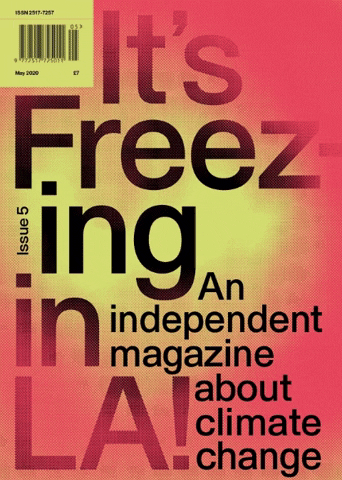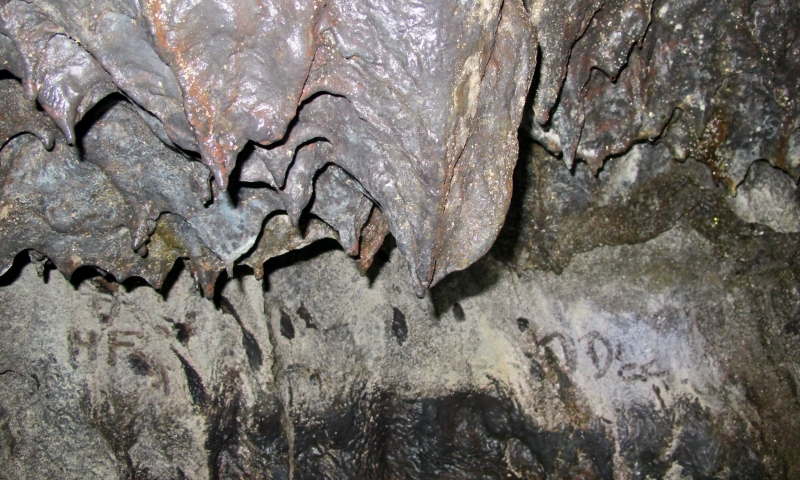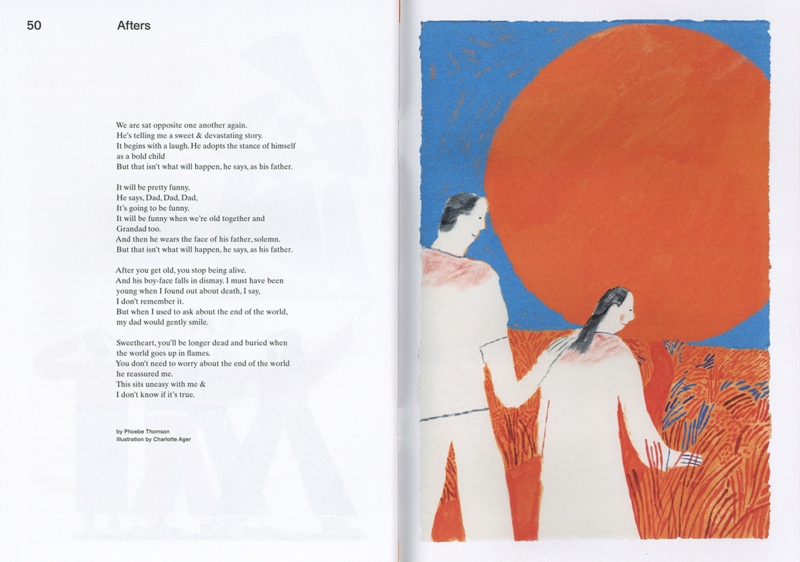One of the things that modern society has damaged, along with ecosystems and species and the global climate, is thinking |
|
Timothy Morton, "The Ecological Thought" (2010)
Living in a symbiotic world
by Ana Prendes
Being human means being embedded within the environment and living in reciprocity with the natural world. The current climate crisis and the Covid-19 pandemic have reminded us that the Earth is an incessant space of relationships between organisms and non-living objects, a space where humans are not the centre. In our bodies, ten times more non-human bacteria live with us than human cells make up our organs. If we as humans need these microorganisms to survive, are we even just individuals?
Darwin’s theory of biological evolution based on the competition between species did not explain the complete tale. In the 1970s, Lynn Margulis and James Lovelock proposed the “Gaia” hypothesis: that the Earth is a planet-sized self-regulating system where all living organisms – plants, animals, bacteria and fungi – and the non-living aspects – rocks, water and the atmosphere – are intimately connected through complex interactions. Life is not reducible to adversarial competition, but the emergent result of these interactions. We need to understand that we are part of a constantly mutant, elastic and symbiotic world.
How we explore and communicate these symbiotic narratives is crucial for acknowledging and addressing the multiple crises we are facing. In The Ecological Thought, the philosopher Timothy Morton writes, “one of the things that modern society has damaged, along with ecosystems and species and the global climate, is thinking”. This lack of deep reflection strengthens a human-centred perception of reality and disengages our connection with the broader ecological assemblage.
In Today We Reboot the Planet, the artist Adrian Villar Rojas presented a fossilised world of ruins combining pop culture, nature and quantum mechanics to build a Pompeii of the present. The artist pictured a grimy idea of the future displaying the brittleness of our planet. However, within Timothy Morton’s dark ecology, Today We Reboot the Planet follows a solutionist and heroic narrative in how it “stimulates immediacy” to solve the problem, presenting the Anthropocene as a dystopian ruin to be “rebooted” by “us”.
Moving away from this vision of human control over the planet, it is necessary to engage radical imaginings that reenvision scientific and technological progress, our political and social systems, and our relationships in Gaia. These holistic phenomena need to further explore other types of symbiotic relationships between and within the disciplines of human knowledge – arts and sciences, philosophy and technology, design and humanities.
Contemporary art research explores symbiotic relationships within disciplines, living beings and ecosystems. In Infinity Burial Project, the artist Jae Rhim Lee proposed an alternative burial practice that prevents toxins in the body being released back into the environment by training fungi to eat human tissue. Similarly, the biomedia artists Saša Spacal and Mirjan Švagelj created an ecosystem where a plant and bacteria live in a symbiotic relationship by producing oxygen and fixing nitrogen, both crucial for human survival. “Who and whatever we are, we need to make-with – become-with, compose-with – the earth-bound,” states the philosopher Donna Haraway in her essay “Anthropocene, Capitalocene, Plantationocene, Chthulucene”. These posthuman storytellings will be key for assuming our interdependence and ecodependence in a multispecies environment.
|
Ana Prendes, a Spanish writer based in London, was one of the participants in Writing for a Substantially Altered World, an online climate literature workshop organised by the magazine It's Freezing in LA! and maat on the theme of Solastalgia. |
|









